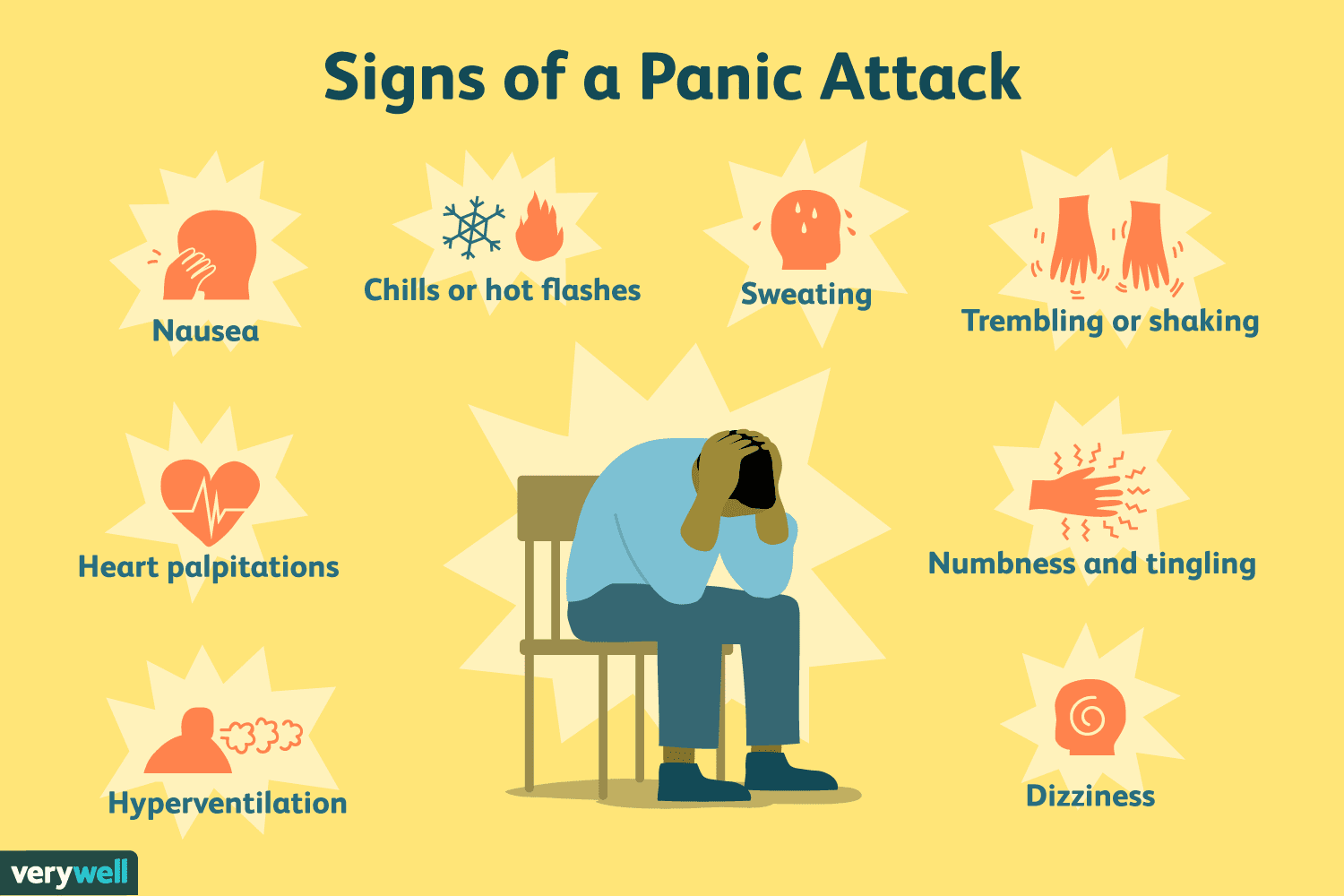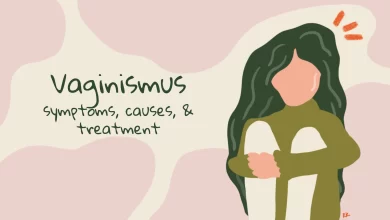Supporting Someone During a Panic Attack: Recognizing Symptoms and Providing Help


The terms panic, anxiety, and stress are often used interchangeably, but they hold distinct meanings. While awareness and understanding of mental health have improved, there are still concepts that require clarification. One such concept is a panic attack. What exactly is a panic attack? It is an abrupt and intense feeling of terror or fear that arises without warning, often unrelated to the situation at hand. This overwhelming experience can lead to physiological symptoms like hyperventilation.
So, how can you support someone going through a panic attack? To effectively manage such situations, it is crucial to recognize the signs and symptoms of a panic attack. Here are a few common indicators:
- Palpitations
- Pounding heart
- Excessive sweating
- Trembling
- Shortness of breath or difficulty breathing
- Hyperventilation
- Choking sensation
- Chest pain or discomfort
- Nausea or abdominal distress
- Unsteadiness
- Feeling detached from reality or oneself
- Fear of losing control, going crazy, or dying
- Chills or hot flushes
When someone is having a panic attack, it is natural to feel uncertain about how to respond. However, there are professional-backed tips that can be helpful in these situations. Dr. Aparna Ramakrishnan, Consultant Psychiatry at Kokilaben Dhirubhai Ambani Hospital in Mumbai, provides the following advice on how to assist a person during a panic attack:
- Stay calm: Your calm presence will help reassure the person that everything will be okay, enabling them to calm down.
- Acknowledge it: Let them know that what they are experiencing is a panic attack and that it will pass. Assure them that you are there for support and that the symptoms will gradually subside. Most panic attacks typically settle down within 20-30 minutes.
- Create a comfortable and quiet space: Invite the person to sit somewhere soothing and give them some room. Offer them a glass of water.
- Demonstrate calming techniques: Model deep breathing, box breathing, mindfulness, or grounding exercises, and encourage the individual to follow along. Focus on one technique at a time, emphasizing slow and controlled breathing.
- Provide external distractions: Engage them with light and slow conversation or divert their attention to external stimuli to help redirect their focus.
- Offer coping statements: Provide supportive and reassuring statements like “You can handle this” or “This will pass.” Extend comfort and empathy to the person.
- Encourage professional help: Recommend that they seek assistance from a mental health professional to address their symptoms.
Dr. Ramakrishnan emphasizes that it is crucial to avoid dismissive statements such as “It’s not that bad” or “You’re overreacting” or questioning their motives. Taking their symptoms seriously and encouraging professional guidance is essential.
Having open and honest conversations about mental health is vital as it continues to hold significant importance in our lives.







